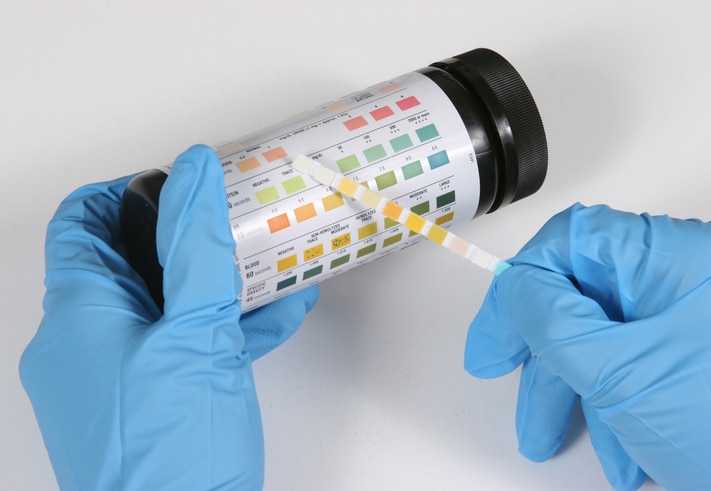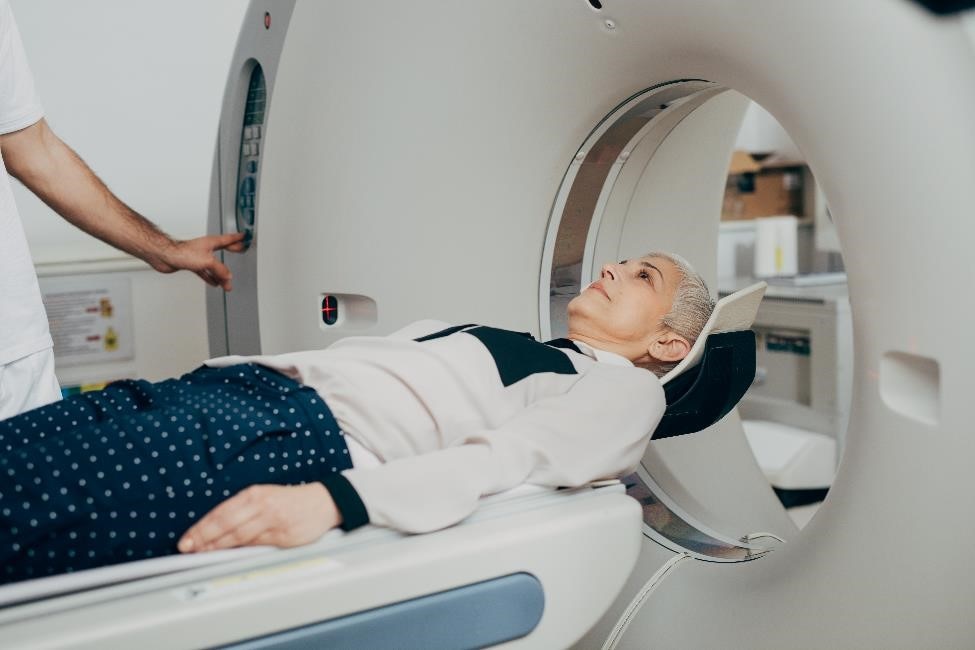Diagnosis of Urinary Retention
How do health care professionals diagnose urinary retention?
Health care professionals use your medical history, a physical exam, and a postvoid residual urine measurement to diagnose urinary retention. Your health care professional may also order lab and other diagnostic tests to help find the cause of your urinary retention.
Medical history
A health care professional will record your medical history and may ask about your
- symptoms, also sometimes called lower urinary tract symptoms
- current and past medical problems such as operations and use of a catheter
- prostate problems
- pregnancy and childbirth history
- over-the-counter and prescription medicines
- eating and drinking habits
- bowel habits
Physical exam
Your health care professional will perform a physical exam, including a check of your lower abdomen, a rectal exam, and a neurological evaluation. If you’re a woman, the health care professional will also perform a pelvic exam.
Postvoid residual urine measurement
Health care professionals use a postvoid residual measurement to find out how much urine is left in the bladder after urination. The remaining urine is called the postvoid residual. Your health care professional will use a catheter or ultrasound equipment to measure the postvoid residual urine.

Lab tests
Your health care professional may order the following lab tests to look for signs of certain diseases and conditions that may be causing your urinary retention.
- Urinalysis is used to find medical conditions that may be causing urinary retention, such as a urinary tract infection (UTI), a kidney problem, or diabetes.
- Blood tests are used to show problems with kidney function or a chemical imbalance in your body.

Imaging tests
Your health care professional may use the following urinary tract imaging tests to diagnose other conditions that may be causing your urinary retention.
- Ultrasound is a type of imaging that uses sound waves to look at structures inside the body without exposing you to radiation.
- Voiding cystourethrogram (VCUG) uses x-rays to show how urine flows through the bladder and urethra.
- Magnetic resonance imaging (MRI) uses magnets and radio waves to make pictures of the urinary tract and spine.
- Computed tomography (CT) scan uses a combination of x-rays and computer technology to create images of your urinary tract.

Urodynamic testing
Urodynamic testing is a group of tests that look at how well the bladder, sphincters, and urethra are storing and releasing urine. Your health care professional may use the following urodynamic tests to help diagnose urinary retention.
- Uroflowmetry measures the amount of urine released from your body and how quickly the urine comes out.
- Pressure flow studies measure the pressure in your bladder and the flow rate as you urinate.
- Video urodynamics takes pictures and videos of your bladder as it fills and empties.
- Cystometry measures how much urine your bladder can hold, how much pressure builds up in your bladder as it stores urine, and how full your bladder is when you begin to feel the urge to urinate.
- Electromyography measures how well your muscles respond to your nerves in and around your bladder and sphincters.
Cystoscopy
A cystoscopy is a procedure that uses a cystoscope—a long, thin instrument—to look inside your urethra and bladder. The health care professional will look for swelling, redness, signs of infection, cancer, and structural problems.
This content is provided as a service of the National Institute of Diabetes and Digestive and Kidney Diseases
(NIDDK), part of the National Institutes of Health. NIDDK translates and disseminates research findings to increase knowledge and understanding about health and disease among patients, health professionals, and the public. Content produced by NIDDK is carefully reviewed by NIDDK scientists and other experts.

